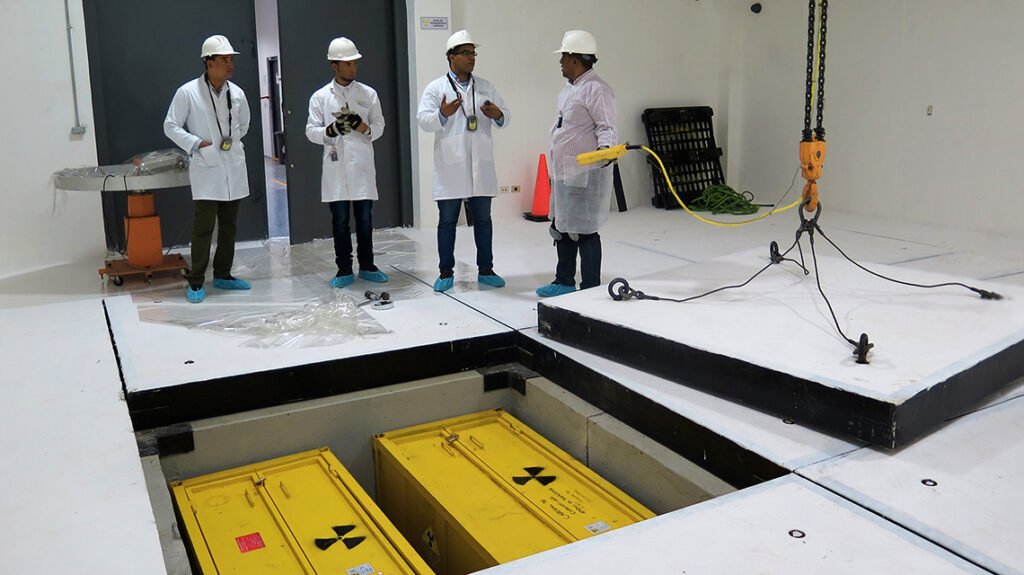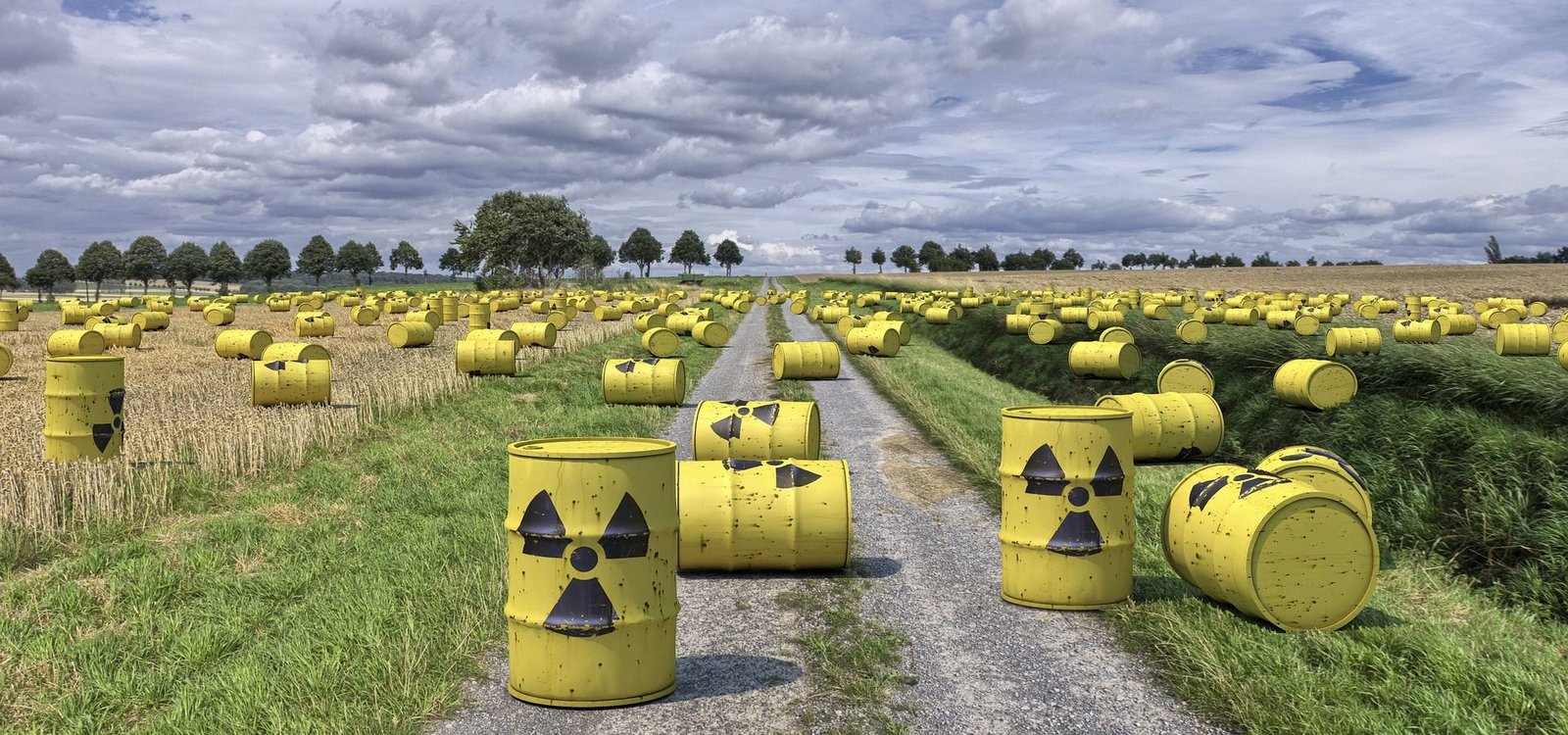Radioactive waste disposal is a crucial aspect of managing materials that emit radiation. Ensuring the safe and responsible disposal of this waste is vital to protect public health and the environment. In this article, we will discuss the best practices for radioactive waste disposal, helping you understand the processes and protocols involved.
Understanding Radioactive Waste
What is Radioactive Waste?
Radioactive waste consists of materials that contain or are contaminated with radionuclides. This waste can come from various sources, including nuclear power plants, hospitals, research facilities, and even certain industrial applications. Because of its hazardous nature, proper disposal is essential to prevent environmental contamination and protect human health.

Types of Radioactive Waste
Radioactive waste is typically categorized into three main types: low-level waste (LLW), intermediate-level waste (ILW), and high-level waste (HLW).
- Low-Level Waste (LLW): This includes items like laboratory gloves, cleaning materials, and certain medical waste. LLW usually requires minimal shielding and can be disposed of with specific precautions.
- Intermediate-Level Waste (ILW): This type of waste generates a significant amount of heat and requires more stringent containment measures. It often includes materials from nuclear reactors and other industrial processes.
- High-Level Waste (HLW): Highly radioactive and thermally hot, HLW includes spent nuclear fuel and other byproducts from nuclear reactions. This waste necessitates specialized handling and disposal procedures due to its long-lived radioactivity.
Best Practices for Radioactive Waste Disposal
1. Proper Segregation of Waste
One of the most effective practices for radioactive waste disposal is proper segregation. By categorizing waste into its respective types—LLW, ILW, and HLW—facilities can ensure appropriate handling and disposal methods are used. This practice not only minimizes contamination but also streamlines the disposal process.
Segregation Techniques
To achieve effective segregation, facilities should implement color-coded containers and labels to differentiate between waste types. Training staff on proper segregation techniques is also crucial, as it helps prevent mix-ups and ensures compliance with regulations.
2. Secure Storage Solutions
Once waste is generated, secure storage is imperative. Radioactive waste must be stored in designated, shielded areas that meet regulatory requirements. The storage facility should be equipped with appropriate monitoring systems to detect any leaks or contamination.
Long-Term Storage Considerations
For high-level waste, long-term storage solutions like geological repositories are essential. These facilities are designed to contain waste for thousands of years, ensuring that it remains isolated from the environment. Furthermore, regular inspections and maintenance are vital to ensure the integrity of storage sites.
3. Safe Transportation Methods
Transportation of radioactive waste requires careful planning and execution. It’s crucial to adhere to strict regulations and guidelines during the transport process to ensure safety. Waste should be securely packaged in specialized containers that prevent leakage and exposure to radiation.
Transportation Protocols
During transportation, companies should use designated routes that minimize risk and avoid populated areas whenever possible. Additionally, personnel involved in transportation should be trained in emergency response procedures to handle any potential incidents.
4. Regulatory Compliance
Complying with regulations is non-negotiable in radioactive waste disposal. Regulatory bodies, such as the Environmental Protection Agency (EPA) and the Nuclear Regulatory Commission (NRC), set forth guidelines that facilities must follow. Staying updated on changing regulations is essential for maintaining compliance.
Continuous Training and Education
Facilities should prioritize ongoing training and education for staff to ensure they understand current regulations and best practices. This training helps foster a culture of safety and accountability within the organization.
Conclusion
In summary, the best practices for radioactive waste disposal involve proper segregation, secure storage solutions, safe transportation methods, and stringent regulatory compliance. By implementing these practices, facilities can effectively manage radioactive waste and minimize its impact on public health and the environment. Ultimately, a commitment to safety and responsibility in radioactive waste disposal will contribute to a more sustainable future.




